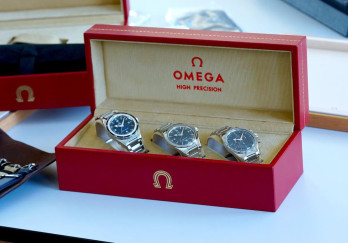Owning a limited edition timepiece is an experience steeped in exclusivity—a sense of possessing something truly unique, knowing there are only a select few of its kind in the world. The distinction between rare watches and limited editions is subtle yet crucial, as not all limited editions become rare, but rarity often elevates a watch's value over time.
Limited edition watches hold a distinctive place in the horological realm, with their scarcity often adding to their allure. These exclusive timepieces are crafted for various reasons, be it to commemorate significant events, pay tribute to individuals, or mark substantial changes within the watch itself. However, beyond their commemorative nature, limited editions have evolved into a potent marketing tool, capturing attention and driving interest within the industry. While historically rare, recent trends indicate a shift, with brands increasingly utilizing limited editions as part of a strategic marketing approach. As time passes, some limited editions transition into rare collectibles, amplifying their value, but this evolution often requires patience and a wait of several years.
The distinction between rarity and being a limited edition is nuanced yet crucial; not all limited editions evolve into rare pieces, and the value of a watch can appreciate only if it becomes genuinely rare over time. Limited editions, once infrequent and purposeful, have now become more commonplace, leading to a diverse market filled with exclusive offerings. Despite this shift, certain limited editions stand out for their significance, becoming sought-after treasures in the world of horology, promising not just exclusivity but potential value appreciation for astute collectors willing to wait for their investment to mature.






